In the last 500 years, most of the literature produced about the movement that Sheikh Nooruddin Noorani led in medieval Kashmir is shrouded in myths and miracles. Some new works have attempted rediscovering the Sheikh by linking his poetry to the era he lived and the challenges he faced. This must encourage more professional research on Kashmir history’s most reputed Muslim, reports Masood Hussain
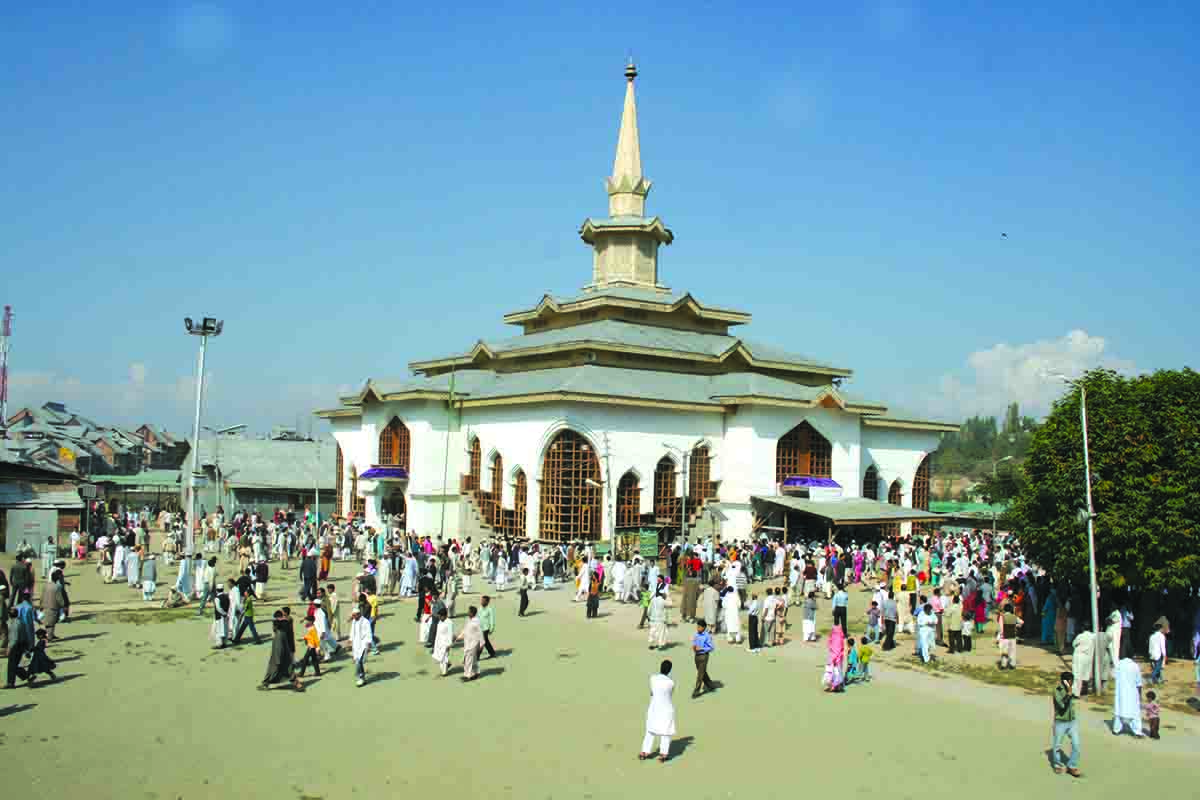
Immigrant Muslim preachers from Central Asia apart, there was a serious Dawah movement at the peak of the Sultanate era that immensely contributed in Kashmir’s transition to Islam. It was led by none other than Sheikh Nooruddin Reshi. It worked in the vast space outside the Shehr-e-Kashmir, wherefrom the rulers operated. Most of the top leaders of the immigrant preachers faced issues on account of language and culture and were mostly settled around the city.
But the narrative about the spread of Islam in Kashmir has, by and large, underplayed the indigenous movement. One key factor is that the persona of Sheikh has gradually evolved into that of a super-human around whom many super-natural stories were woven. His poetry was misinterpreted, wrongly projected and disconnected with the era he lived in or the incidents he reacted to. There is an immediate requirement of rediscovering the real Nund Reshi even after six centuries.
In the last few years, two individuals have marked the beginning of this process. Both residents of Chrar-e-Sharief, the town that was the last abode of the Sheikh, the two books have attempted rediscovering the Sheikh who passed through different stages of evolution as Kashmir’s top Islamic preacher and an unparalleled linguist and poet. Assadullah Afaaqi wrote his Hayat-e-Sheikh-ul-Aalam in 2014. Ghulam Nabi Adfar published his Hayat-e-Sheik: Abiyat-e-Sheikh Kay Aaienay Mein in 2017. Self-published, both the books are low in style but high in research. Unlike Adfar’s book, which is a long essay, Afaaqi has lot more to offer.
The books recreate the situation in which the Sheikh lived and explain his leadership and his protracted battle against the Hindu and Muslim clergy, the feudal lords, the immoral bureaucracy and the despotic ruling elite. Had any researcher consulted Sheikh’s poetry and linked it with the politics of the place, Kashmir Sultanate would not look so fascinating and especially Budshah’s towering status might have reduced a few notches, if not more. He described the reign of Sultan Ali Shah and Budshah as Vaunder Raj, a monkey rule. During Ali Shah’s reign, there were some restrictions imposed on Sheikh’s activities, according to Afaaqi. Sheikh has praises Sultan Sikander, instead.
The two books have deconstructed the Sheikh and taken him out of the mythical clouds that shrouded the great revolutionary for centuries together. Sheikh was just not a monk or a sage alone. He was a statesman who had an opinion, rather a strong opinion on politics as well.
Phal Daer Travith Mal Daer Wouwum
Kal Boudh Khieneam Din Kyah Rath
Soun Rouf Travith Sartali Rouwum
Kartal Featrim The Gari Meas Dreat
(I am such a foolish guy who sowed dirt and not the grains and spent days and nights for this. I threw away gold and silver and started crying over the loss of brass. Alas, I broke my sword and created a sickle from it!)
While rediscovering the real Sheikh, the two books have attempted clearing certain misconceptions about the person. The key interventions include a serious attempt at evaluating the real year of birth because a lot many historians and hagiographers have given different dates.
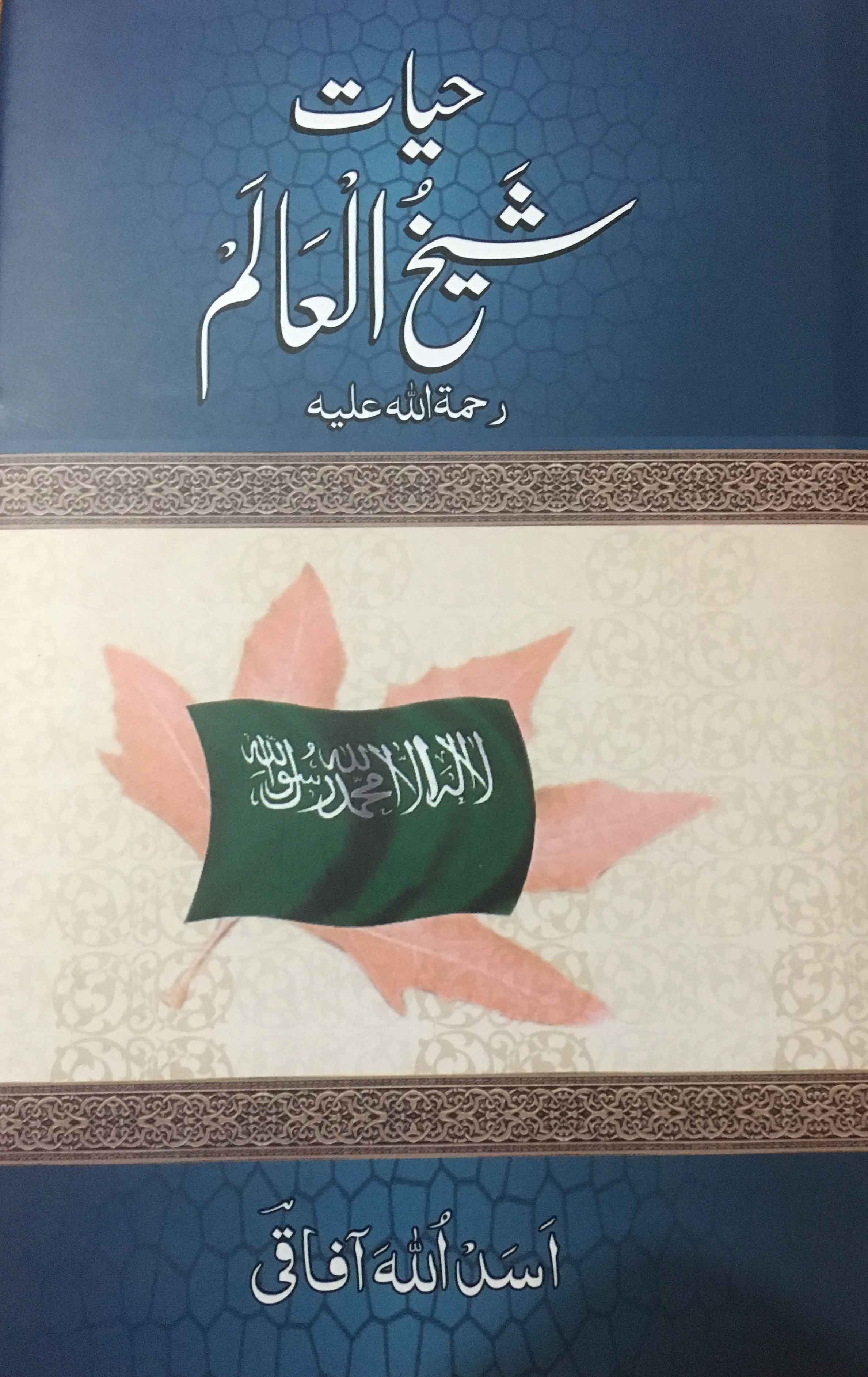
“After a lot of investigation, historical evidence and rational thinking, I have come to the conclusion that 757 AH (1356 AD) as mentioned by Hazrat Baba Dawood-e-Khaki as his year of birth and 842 AH as his year of demise is correct,” writes Afaaqi. “Because it is within this time frame all the events including his meetings with Lala Arifa, Amir-e-Kabeer, his thirty years of wandering, his meeting with Hazrat Mir Mohammad Hamdani in 814 AH and his arrests in the era of Ali Shah and Budshah fit.” It means Sheikh lived for 85 years and not 67 as most of the “records” tend to suggest.
One major attempt was aimed at establishing the larger reality that Sheikh had not a modest background and was well-read because his parents could afford his good education. They have fairly re-created the entire trajectory of the family’s migration from Kishtwar and their employment with various feudal lords. While some of Sheikh’s relatives actually perished in the massacre that Dulchu resorted to during his destructive raid, his two uncles had somehow owned huge estates – one in Daderkote area of south Kashmir and another in Rupwan belt of central Kashmir.
The authors have used Sheikh’s poetry to explain his family background, his childhood and upbringing. One stanza even indicates that Sheikh had even visited a Sanskrit school too. Sheikh was a second-generation Muslim and his father Salaruddin had embraced Islam at the hands of Syed Hussain Simnani in Kulgam, not far away from Kheh Jogipora, where the family lived. Simnani was a close relative of Amir-e-Kabir Mir Syed Ali Hamadani who came on an exploratory visit and settled in Kulgam, many years before the arrival of Saadaat hoards from central Asia.
At one point in time, his adversaries – the Muslim Mullas, the Hindu clergy and the government, attempted tarnishing his image by saying that in abject poverty he along with his brothers attempted thievery. It was in response to this that Sheikh has explained his family background, his knowledge and admitted that he was a “refugee” at the home of Pasban, a Sultanate era position of a village Chowkidaar, the same way, Pandav’s had taken refuge in a potters house. The Pasbaan’s house belonged to Sangram Ganai, his father’s father-in-law on whose death the family migrated from Kheh Jogipora to take care of two little orphans in Qaimoh.
The choice of a bride for Sheikh was also interesting. He married Zahida, at the age of 16 years, a resident of Dadsara (Tral), whose father was Akbaruddin and had two brothers Jamaluddin and Kamaluddin. Between Kheh and Dadsara is a long-distance even now and seemingly his in-laws were a well-to-do family. They were blessed with Zoni, the daughter, and Haider, a son.
The two authors have attempted negating the popular story about Lala Arifa encouraging him to get suckled soon after his birth but lack sound arguments to negate the legend. Both of them, however, explain in detail the importance of the ascetic who preached monotheism, was more a priority of Muslim writers throughout and had left a profound impact on the life and evolution of Sheikh as a socio-religious leader. She was around 57 years elder to Sheikh. She was also a wanderer, hated clergy and preached basic puritanical philosophy. Most of the Muslim writers are strongly supporting the idea that she was very close to Islam even if she apparently was not a Muslim.
The first most dramatic development in Sheikh’s life was when he left this world and started shuttling between two caves near Qaimoh. The two books have retrieved the entire poetic exchanges – first between Sheikh and his mother Sadra Bibi, then between him and his sister, then between the couple and finally when Zahida gets both her kids and leaves them in the cave with their father. These exchanges are an incredibly rich part of Kashmiri literature.
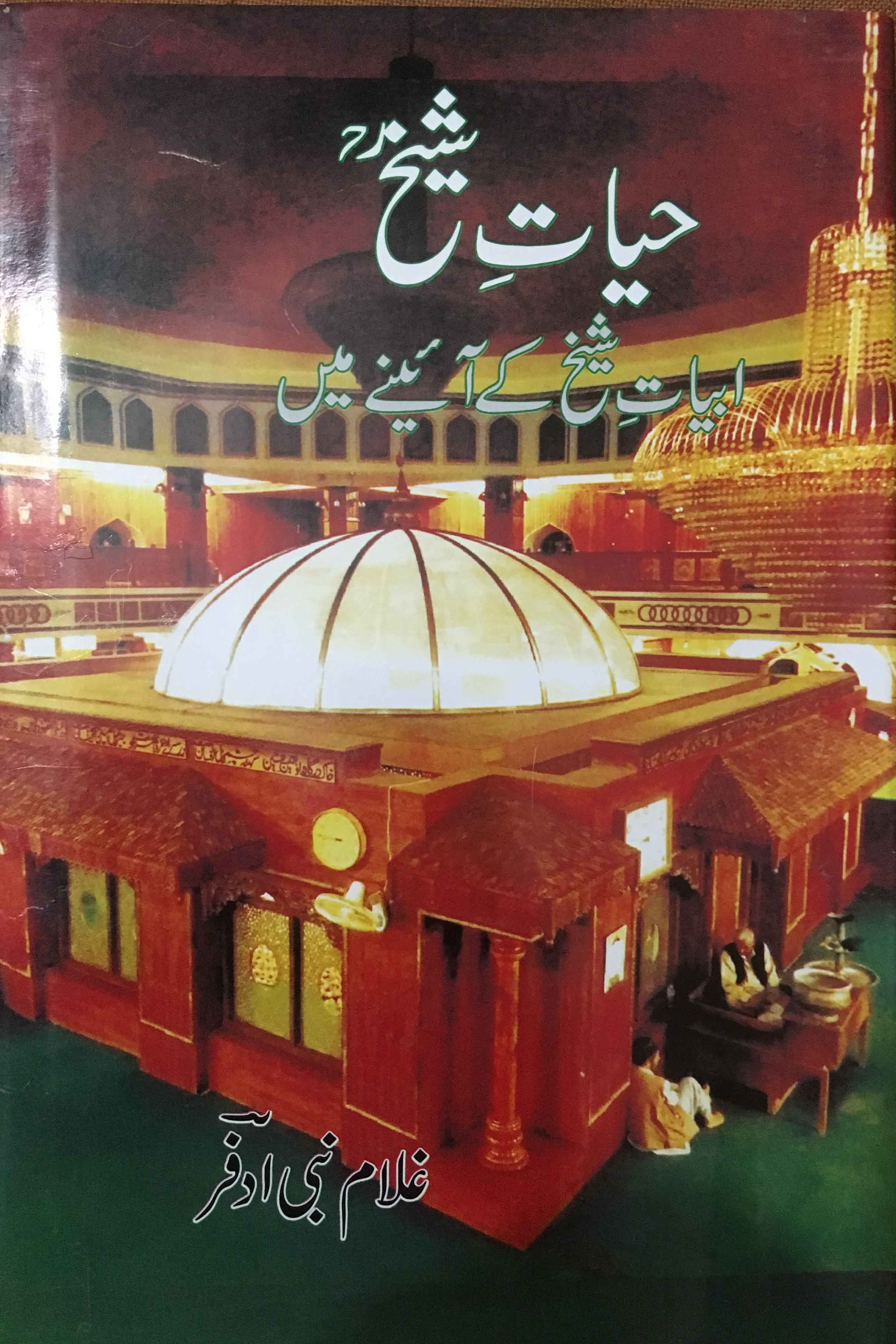
The biggest drop-scene of this stage of Sheikh’s life was the death of his children. Unlike Afaaqi Adfar insists the brother-sister died in the cave after Sheikh flung his blanket over them. “Sheikh has himself mentioned that he was of 25 years of age when he was accused (of killing his kids) and in anger, her (wife’s) brother’s petitioned the government and he was summoned,” Adfar writes, albeit without offering a source. “From Islamabad, Kotwal Tazi Bhat was sent for Sheikh’s arrest but when he reached his cave, he threw his uniform away and fell on his feet and became his follower.”
That event changed Zahiba Bibi as well. Since then, she started taking food to her husband in his cave, as and when he was there.
The next major development that transformed Sheikh was his meeting with Amir-e-Kabir Mir Syed Ali Hamadani, during his last visit to Kashmir. Afaaqi believes the meeting at Mattan took place in 786 AH (1384 AD) after which Sheikh spent almost half a year there.
This session has changed Sheikh completely and he started criticizing the very same thing he believed in till he met the Amir.
Aadneh Jungle Khasun Gayem Khami
Meh Zanou Yeh Tcheh Bead Ibadat
Wuchteh Yeh Aaeas Bead Badnami
Sareh Aes Kren Ikeah Kath
(Going to jungles was a mistake. I mistook the monasticism as a prayer but it was big notoriety. I just had to explore one simple thing).
After his meeting with Amir, he was overwhelmed by the feeling of a family and said the forests are for the wildlife. His poetry suggests that he constructed home as well. Afaaqi even insists that he mended fences with his wife and the follower Zahida Bibi buried in Chrar is actually his wife. The fact is that Sheikh’s meeting with the Amir marked the end of the escapism that dominated Kashmir’s Buddhist and Hindu period and had almost crept in at the very beginning of its conversion to Islam. This was despite the fact that in style, systems and interactions, the Muslim ascetics lacked any possible comparison with their Hindu and Buddhist counterparts.
Afaaqi believes that he has evidence that Mughal, after knowing the mass impact of Sheikh’s preaching on Kashmir society, identified almost 200 locations across Kashmir where Sheikh’s followers were buried. They gave them money and created a class that engaged people in grave-worship. The Reshi culture had actually made a return to Kashmir during Mughal era when, at one point of time, there were almost 12000 such ascetics who had renounced the world and were wandering in the forests. This “political corruption” stopped during the reign of Aurangzeb, however.
Soon Sheikh is busy creating one of the most elaborate systems for the preaching of Islam at Chrar-e-Sharief. With his strong argumentation, logic, oratory and knowledge, Sheikh led some of the biggest names of the era into Islam. The most notable was a Shivite scholar Bum Sadhu, operating from his Bumzu centre, who eventually became Baba Baamuddin, one of the most confidant’s of Sheikh. There was Jia Singh of Kishtwar who became Baba Zainuddin and Awat Rana of Madwan who became Baba Latifuddin, the famous Vedic scholar Kati Pandit who became Baba Qutubbidin. For most of Sheikh’s life, there was a vast network of his confidant’s who worked at designated places within the well-demarcated territories. The entire network was operating more like an organization.
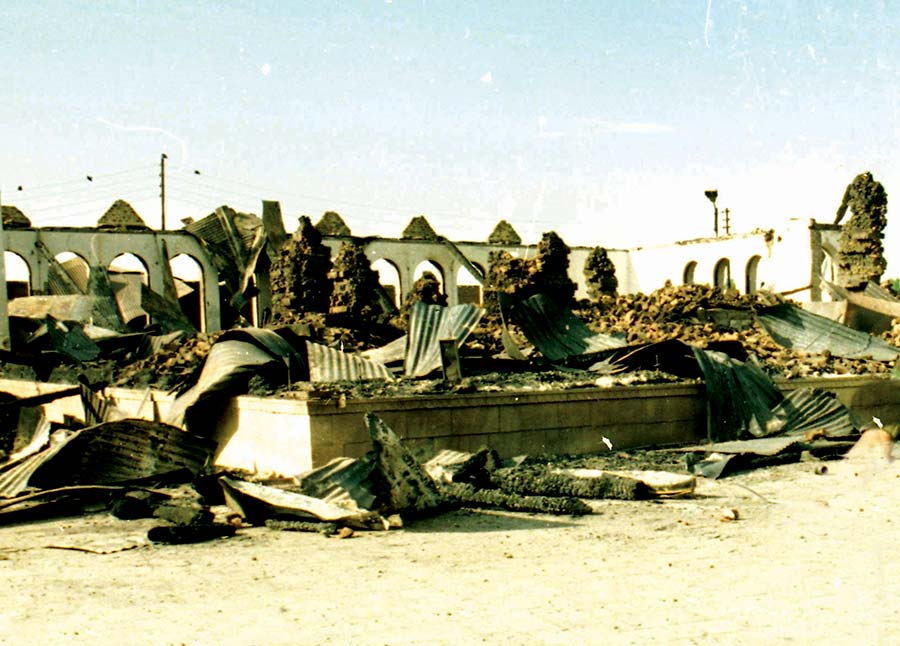
Sheikh would take potshots on Hindu clergy based on common sense. “Shiva will not get you his attention by mere calling him. Why you throw so much ghee in the fire, eat it, it will give your energy. If you do not want to eat, give it to somebody who requires it,” one of his couplets says. “You use cow-dung to paste your kitchen walls. You drink cow urine. You love milk, curd and ghee. (But) when it comes to beef, you get scared. Why?” Sheikh was pained by the practice of aged Brahmins’ marrying young girls and then leaving them as young widows or forcing them to commit Sati. Budshah had lifted the ban on Sati and instead created a chain of buildings where the young Hindu widows would live in isolation.
All these activities triggered a bid for revenge by the Hindu clergy. Adfar talks about a serious bid on Sheikh’s life that was spearheaded by Srinagar based Brehman leader Taula Raina – apparently after Bum Sadhu converted. He led a gang of 1200 armed men that moved to Chrar-e-Sharief but it ended in a conversation and their conversion to Islam.
However, the celebrated event was when his antagonists wanted to honeytrap the Sheikh. It has been a medieval tradition practice in most of the subcontinent and was standardized by Kashmir Brahman clergy. They sent a damsel to his durbar. She was the most famous dancer of her time. She fell to his knowledge and character, converted and is known as Hazrat Shang Bibi in Kashmir’s Islamic history. Interestingly, the Sheikh wrote a gazal, Yawan Metch, addressed to this damsel detailing her character and the costs her actions would entail in the life hereafter. This particular composition is completely different from the entire poetry of Sheikh.
Post conversion, Shangh Bibi was part of Sheikh’s female followers and operated in a formal centre at Zalsu. These included Sham Bibi, a resident of Beerwa, whom Afaaqi terms as Kashmir’s first Marsiya Nigar women poet. Her elegy of Sheikh is the only detailed description of how the Sheikh looked like. Dehat Bibi and Behat Bibi were the two teachers in the centre.
Sheikh remained highly critical of the Brahmin, the Muslim clergy including the Mulla, the Syed and the Sofi, throughout. He traced their failure to their greed for resource and power and identified their weaknesses in keeping the mosque and temple happy. He was highly critical of the exploitative systems in place that would deprive the peasantry of their hard-earned harvest and the duplicity that was the order of the day.
Kashmir’s standard-bearer saint disliked the traditional Mulla so much that he adopted a dress that was common in the peasantry. Sheikh was never been seen with a turban. He used a Sozni bordered cloth on his head, always carried a walking stick, and had a dense flowing grey beard and long hair. He would usually wear a Pheran, and had Khraw, the wooden sandals, as his footwear. There has never been a mention of a rosary in his hands. He would eat modestly. Records including his own poetry suggest that he had a lot of green vegetables including the forest vegetables, cereals and meat throughout his life.
A good chunk of his poetry is about the neo-Muslim who had not converted by heart. He talks about the fake converts who would line up in the mosques but at whose homes their women would lay prostrate before the idols. By and large, he was referring to a huge chunk of neo-converts as Munafiqeen, a sort of religious hypocrites, who outwardly practices Islam and inwardly concealing their disbelief.
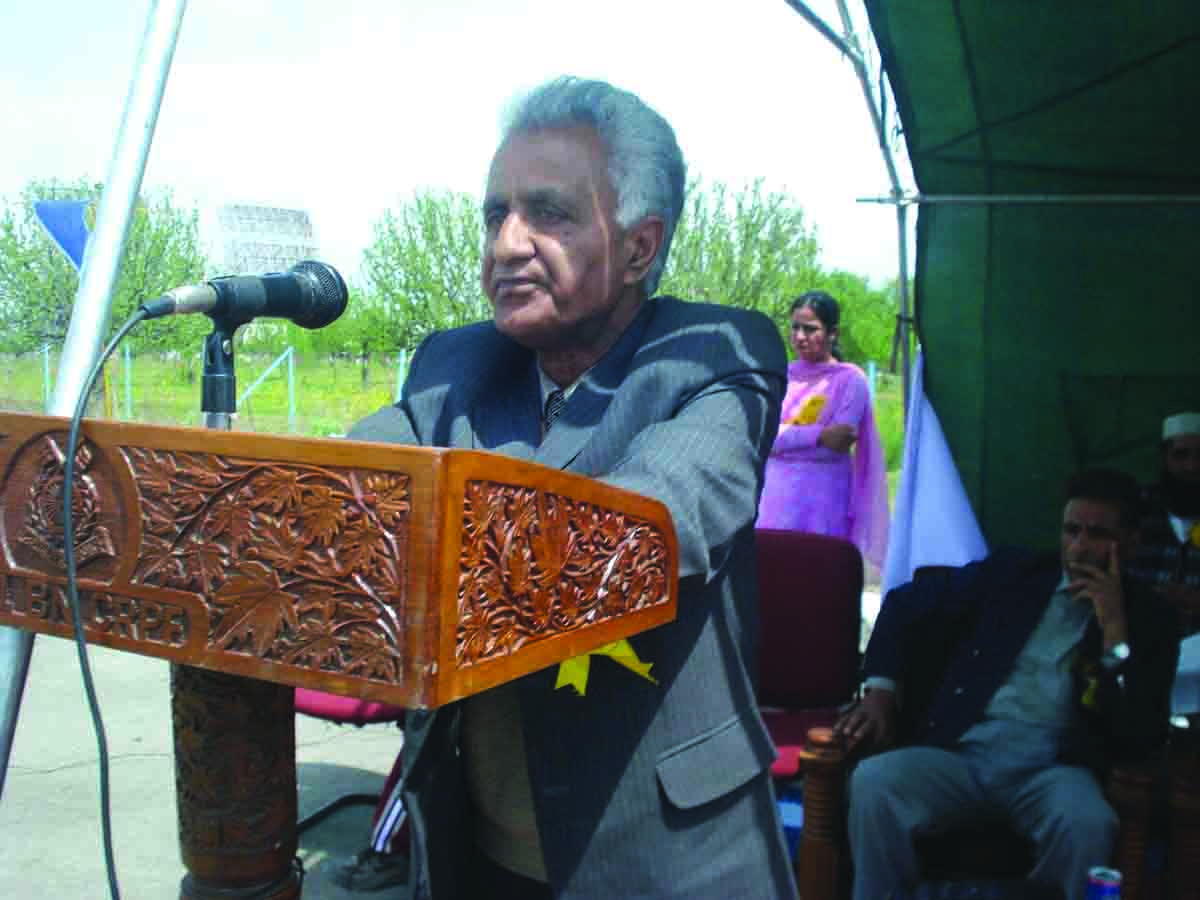
His commentary and the style on the sad state of affairs made people with power against him at all levels. Since the entire power elite was restricted to Srinagar, Sheikh would avoid the city. In his entire life, Adfar writes, he has spent only six months in Mukhta Pakhri in Srinagar. There was a conspiracy to even murder him using palace intrigue but somehow Budshah understood the plot much faster than his advisers thought. The immigrant preachers, some of whom had managed connections in the ruling elite, were increasingly becoming an extension of the power elite were very unhappy with him because he would tell them their Iman was knee-deep and half-baked.
Afaaqi has strongly criticized the Sultans for restricting Sheikh’s activities. They have found no evidence that Budshah attended his funeral though it has been one of the huge funerals of the medieval Kashmir.
During Ali Shah reign (1389-1413 AD), according to Afaaqi, Sheikh strongly reacted to the high-handedness of the neo-convert Saifuddin (originally Suha Butta). “Sheikh was arrested and restrictions were imposed on his movement as mentioned by Jonaraja”. Saifuddin was Ali Shah’s key governor.
In Budshah’s reign, Baba Zainuddin was banished to Tibet. Afaaqi says there is no evidence of his return from the arid region, so far.
When the Sultan undid part of the Sikander’s policies, Afaaqi says Sheikh reacted especially against the liquor permission and official patronage to singing and dancing. “He was arrested,” Afaaqi says. “Hazrat Bahauddin Gunj Bakhsh who was Sheikh’s very close confidant in Srinagar was murdered during a night.”
The other instance is that of a Mecca scholar who arrived in Kashmir during Budshah’s era. Identified as Sayed Saidullah, Afaaqi says he came with a lot of literature to Dubar. Budhah’s official historian also mentions it. Later, in reaction to the killing of a Brahmin hermit, Jonaraja says the Arab was punished: “Sadaula was not killed, owing to king’s kindness, but the king ordered him to ride on an ass with his face towards the tail and to be led about every marketplace, his beard drenched with human urine, his head shaved, everyone spitting on him, and his hands tied with the entrails of the dead man.”
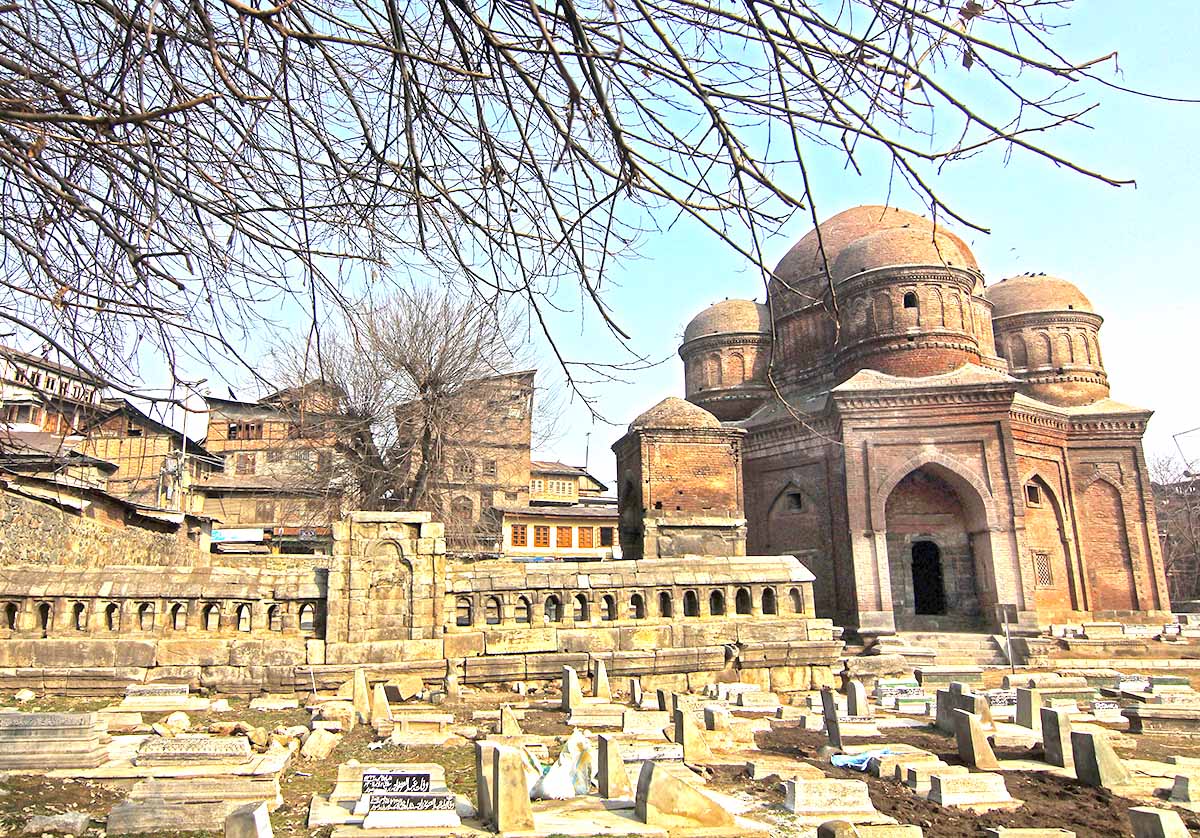
Afaaqi has attempted an explanation. He says Sheikh was unhappy with the king for his policies and had sent his confidant Haji Loli on pilgrimage. A resident of Chakoo village in Kulgam, Loli was perhaps the only follower of Sheikh who moved out as far as Mecca and later to Punjab. The idea for sending him there was to petition against the Kashmir king and in that response, Syed Sadullah came with a lot of books which pleased the king. However, he was later disgraced and Afaaqi says it was a conspiracy by the Brahmin clergy.
Interestingly, Loli is also buried in Chrar-e-Sharief. Prior to his return, he had married in Punjab and Allama Iqbal in a letter to his brother, Sheikh Atta Mohammad, on October 15, 1925, has mentioned that his family is the progeny of Haji Loli.
After Sheikh’s demise, Mulla Ahmad, a scholar who wrote the first book about Sheikh, was banished to Pakhli. Soon after, Syed Mohammad Amin Owaisi, a member of the ruling family, was murdered when he reacted to king’s policies, Afaaqi has written.
However, destiny had something interesting to unfold. After spending 22 years in Kashmir, Mir Muhammad Hamadani, son of Amir decided to return home. Well before that, he took a huge delegation of the political rulers and the preachers to Sheikh’s Zalsu centre where they interacted and finally the Central Asian preacher issued Khat-e-Irshad. It was a declaration – signed by Hamadani, Sheikh and the ruler, that Sheikh is a Wali and would be responsible for spreading Islam.
Since the Sheikh had already sung in praise of his Pir, the Amir, it was just an addition to the status he already had. But it ended, to a large extent, the intrigue that was being manufactured in Srinagar, around power corridors against Kashmir’s most prominent Muslim in history.




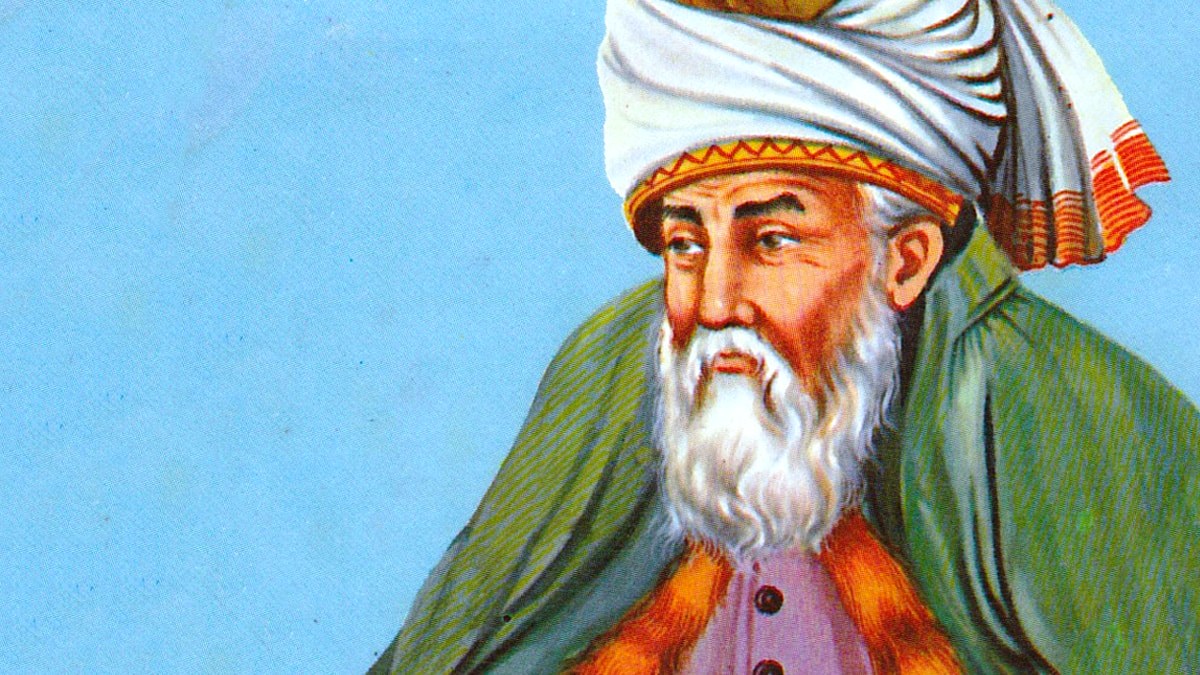











Our Spritual Saints are humans with exalted character. Such an extraordinary personality are born emancipated. They lived but very simple life and that too to the tune of a common man. They face all ups and downs of life with full of endurance, patience and percievrance. They use to be the loved ones of the Beloved-the most Beautiful One. It is the Lord who respects them and calls their name with honour. How come our morality under the state of enlighten sublimity makes us neglect and escape prefixing their exalted names while addressing with pious title words of respect and gratitude? Human beauty lies in the emancipated state of simplicity and true essence of its exaltedness houses in politeness of beholder.